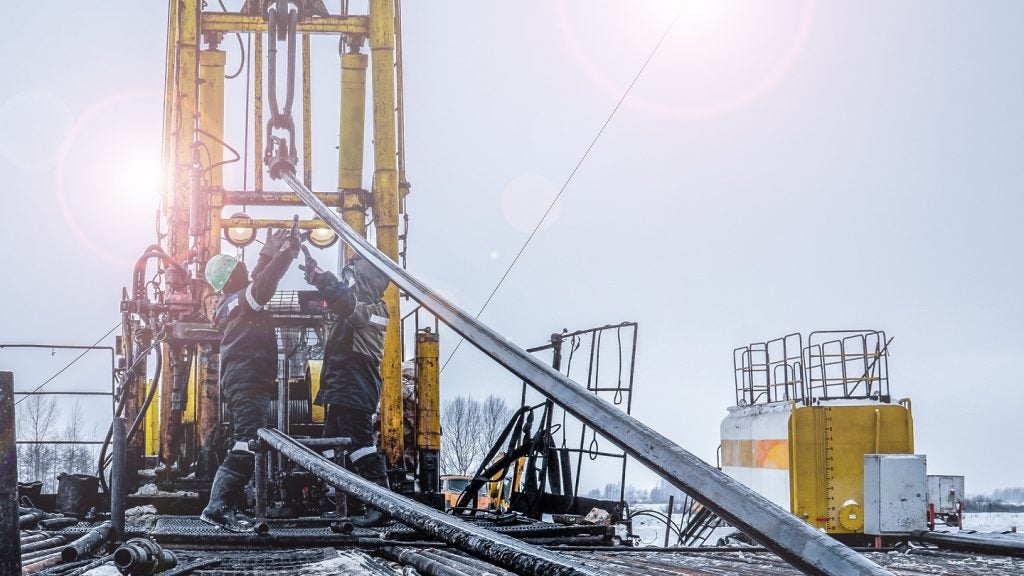
Scotland-based Cyberhawk Innovations has completed an offshore remotely operated aerial vehicles (ROAV) inspection in North America for an undisclosed oil and gas company.
The multiple workscope project, which ROAVs were opted as the preferred method of inspection, was completed in Newfoundland, Canada.
Using the ROAVs, Cyberhawk inspected the live flare, the platform underdeck and the giant concrete gravity base’s roof.
The company also carried out various thermal surveys to increase the mobilisation.
Also referred to as drones, ROAVs are mainly used to reduce safety risks posed to personnel working in dangerous, foggy conditions present off the east coast of Canada.
Cyberhawk Innovations technical director and founder Malcolm Connolly said: "Carrying out the underdeck inspection workscope alone would have taken weeks of complex overside work for a rope access team, or months for scaffolding to be erected.
How well do you really know your competitors?
Access the most comprehensive Company Profiles on the market, powered by GlobalData. Save hours of research. Gain competitive edge.

Thank you!
Your download email will arrive shortly
Not ready to buy yet? Download a free sample
We are confident about the unique quality of our Company Profiles. However, we want you to make the most beneficial decision for your business, so we offer a free sample that you can download by submitting the below form
By GlobalData"The main advantage that the ROAV had over other access techniques in this instance was its speed and its ability to capture large amounts of inspection information in short periods.
"Although the ROAV is able to operate safely in 30kts of wind, during this project we were only able to fly on five out of 15 days due to either fog or gale force winds."
In November 2015, Cyberhawk has completed ROAV inspection of a cargo oil tank on the Gryphon FPSO, owned and operated by Maersk Oil in the UK North Sea.
This type of inspection is usually conducted by rope access technicians, who are suspended on ropes to inspect the tank structure.
Image: Cyberhawk used the ROAVs to inspect the live flare, the platform underdeck and the roof of the giant concrete gravity base. Photo: courtesy of Cyberhawk Innovations Ltd.






